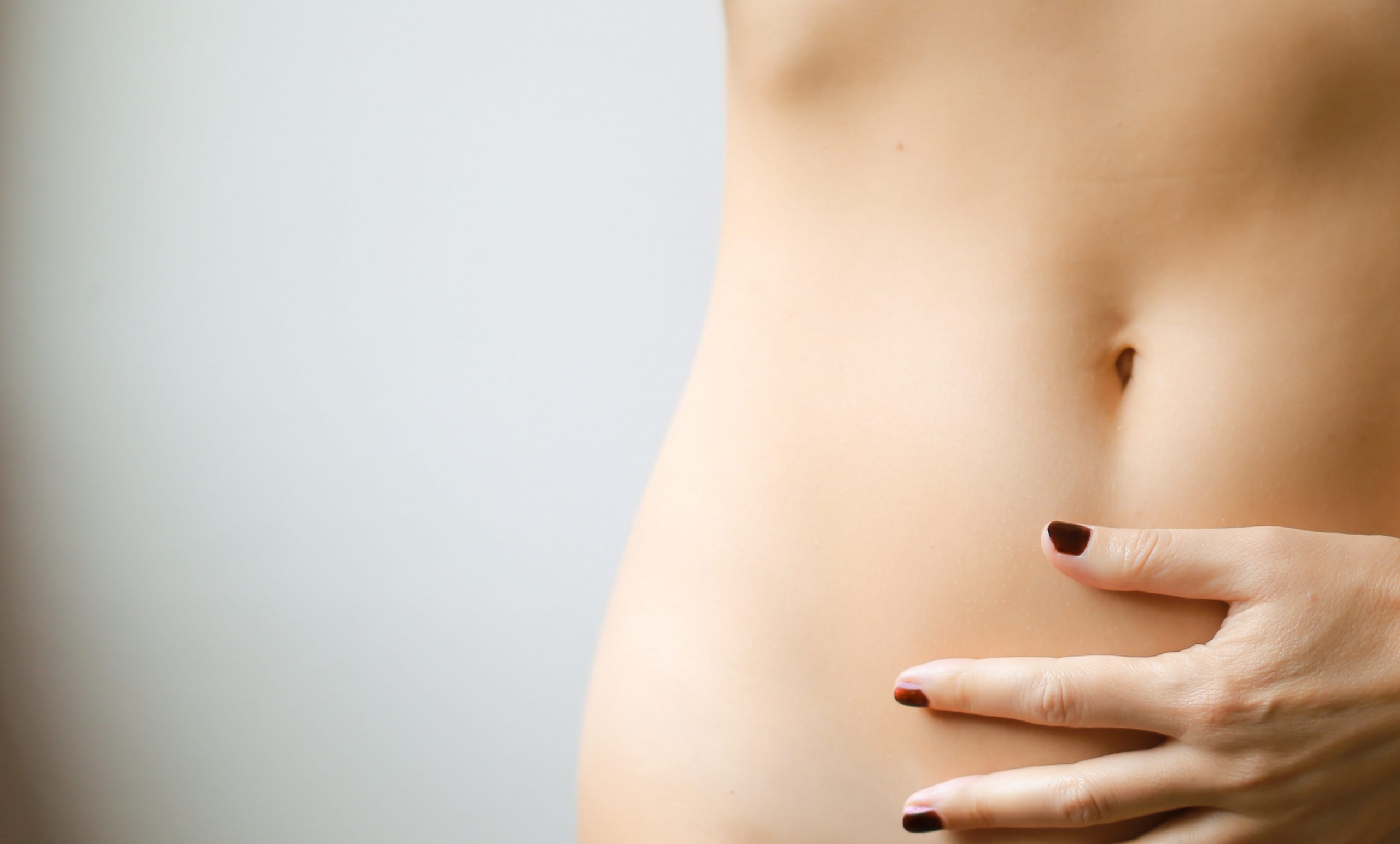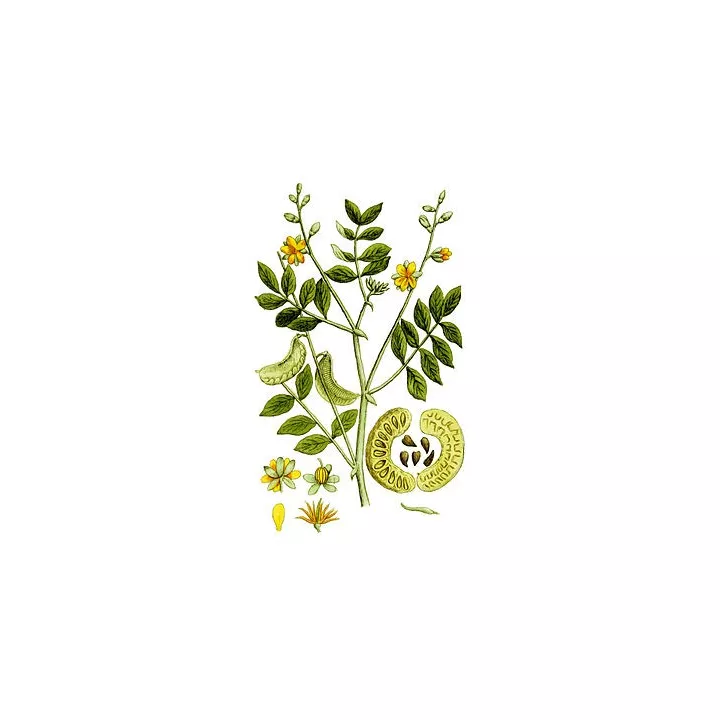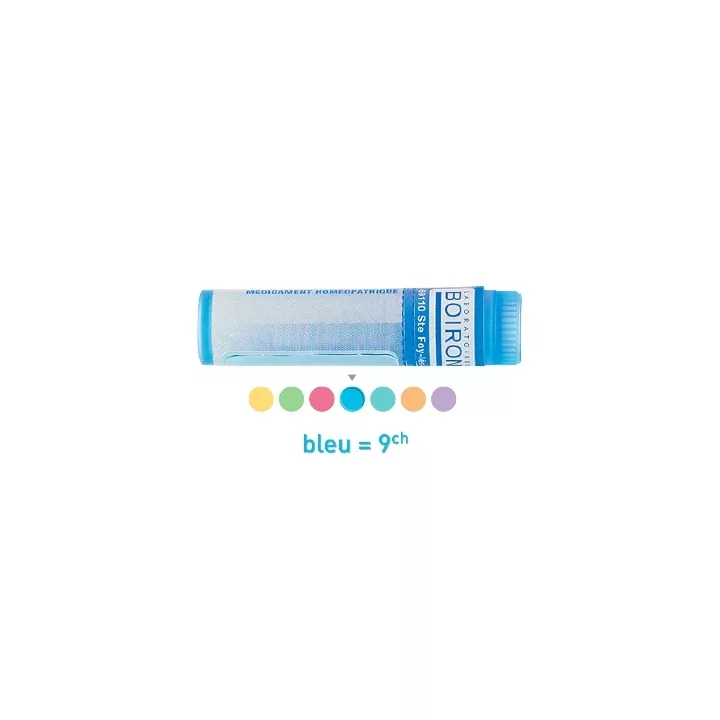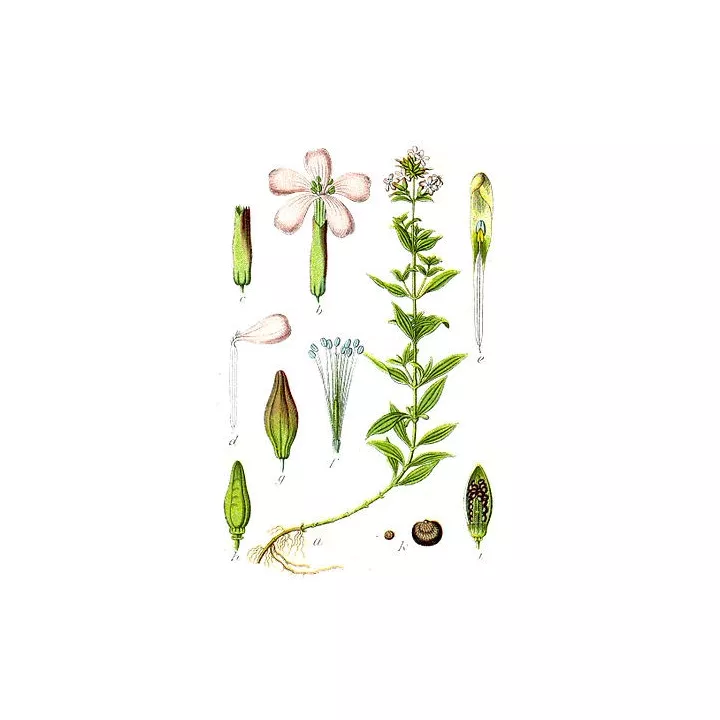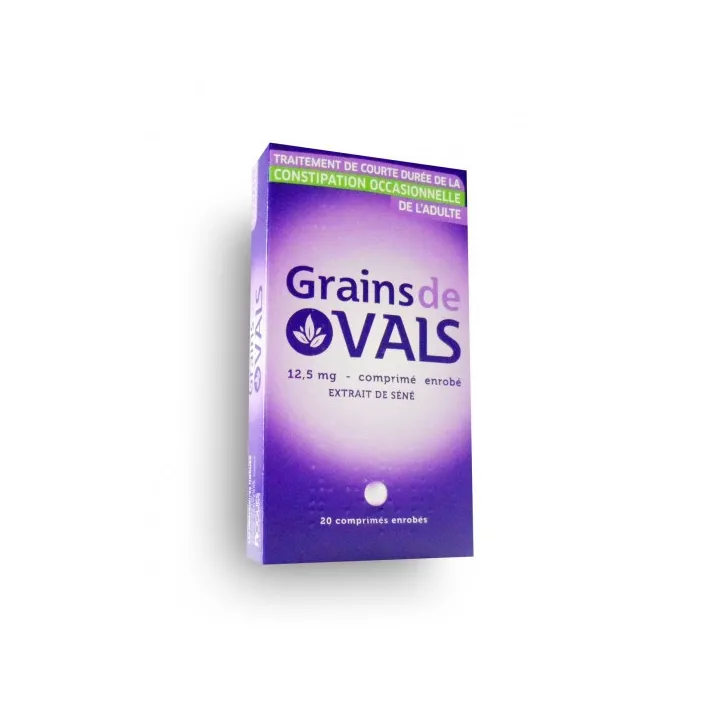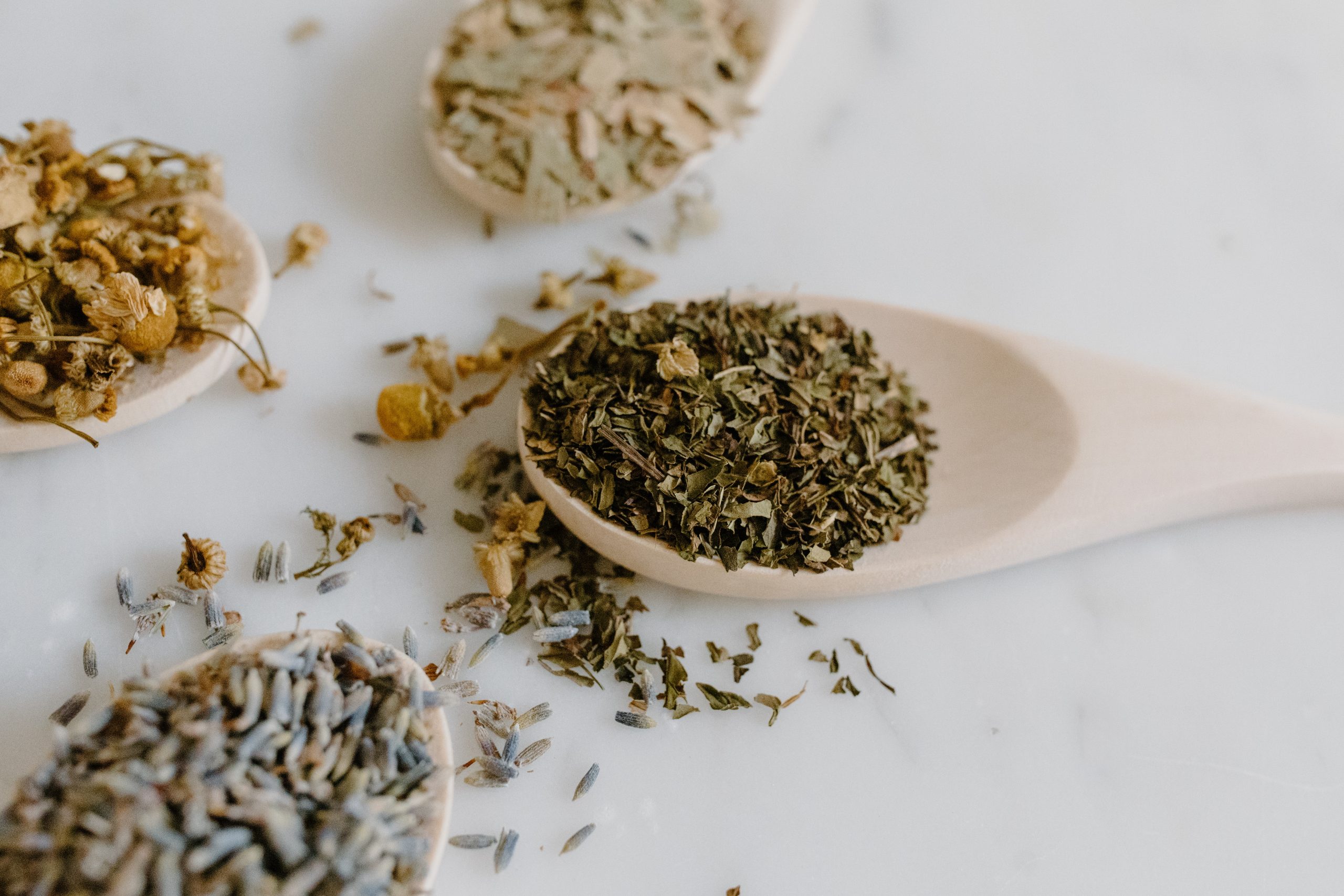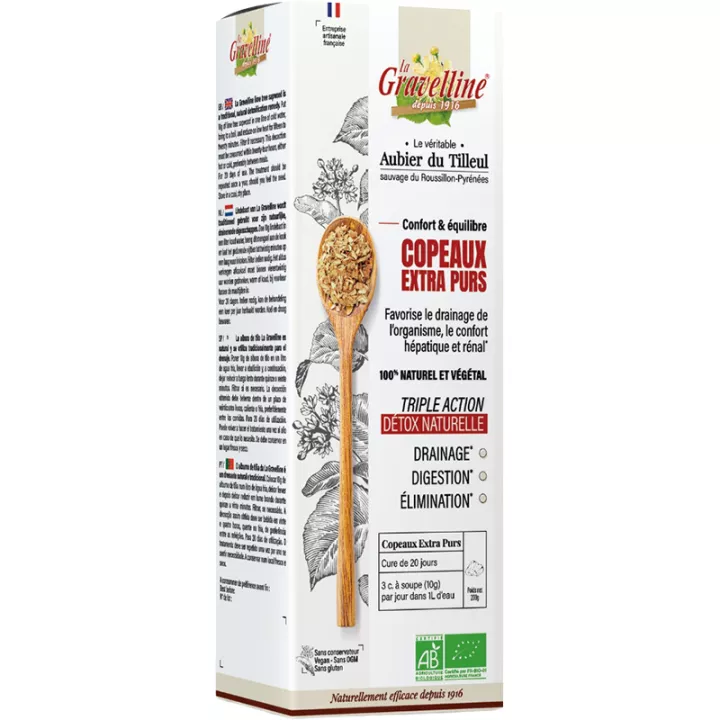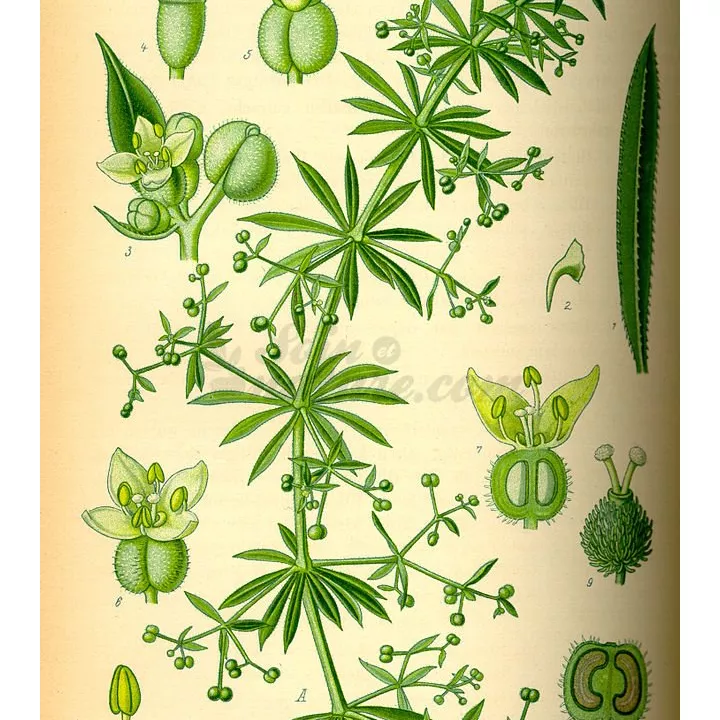What is Séné Follicule used for?
Welcome to our online herb shop, where we're proud to offer a wide range of natural products, including senna and its health-giving properties. In this article, we'll explore the properties of senna follicles, a product we proudly sell.
Senna is a medicinal plant that has been used for centuries for its mild laxative properties. Senna follicles, which are the fruits of the plant, contain active compounds such as sennosides. These compounds play a crucial role in stimulating intestinal muscles, facilitating the passage of stool and helping to relieve constipation. Indeed, senna is renowned for its effectiveness in accelerating intestinal transit and boosting peristaltic movements. Its moisturizing action on stools increases their volume and facilitates defecation, providing rapid, natural relief.
Senna follicles are also renowned for their ability to stimulate digestion and relieve bloating. Thanks to their purgative effect, they are an effective ally for those suffering from digestive disorders such as occasional or chronic constipation. At the same time, senna follicles are endowed with anti-inflammatory and antimicrobial properties that help alleviate symptoms associated with gastrointestinal problems such as colitis. This makes senna a valuable supplement for those seeking a natural solution to their digestive discomforts.
In addition to its gastrointestinal effects, senna has also been used to stimulate the immune system and relieve joint pain. The plant's anti-inflammatory properties help reduce symptoms associated with conditions such asarthritis. So, by incorporating senna into your routine, you're not only improving your digestive health, but also supporting your overall well-being.
It's important to note that senna should not be used for prolonged periods. The recommended duration of use is 8 to 10 days, to avoid undesirable effects such as irritation of the colonic mucosa. After this period, it is advisable to adopt good eating habits to maintain a healthy intestinal transit. In short, if you're looking for a natural remedy to relieve constipation, stimulate digestion or ease joint pain, senna follicles could be the ideal choice for you.
We also offer Serpolet Plante Coupée from the Iphym laboratory, at the best price in our online pharmacy.
How to use this plant
To get the most out of senna follicles, we recommend infusing them for 10 minutes in boiling water. Then strain and drink the infusion hot or cold, as you prefer. This method of use allows the plant's active ingredients to be fully released. Don't forget that the maximum duration of use is 8 to 10 days for optimum effect without risk of irritation.
Give your opinion on the advice for use and dosage of Séné Follicule with our partner Verified opinions after your purchase.
Precautions for use
This product is for adults only and is contraindicated for pregnant and breast-feeding women. In addition, it is essential not to exceed the recommended duration of use of 8 to 10 days. Prolonged or repeated use may cause irritation of the colonic mucosa, leading to complications such as colitis. It is not recommended for children under 12, or in cases of inflammatory bowel disease.
What is its composition?
Latin name: Cassia angustifolia
Family: Fabaceae
Other names: Alexandria senna
Presentation: Our senna follicles are available in practical formats of 100 g, 250 g or 1 kg, to suit all your needs.
